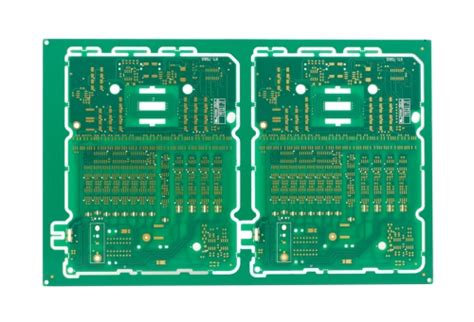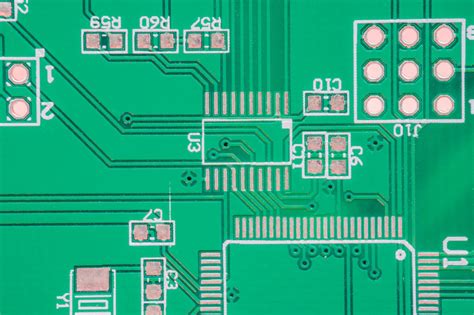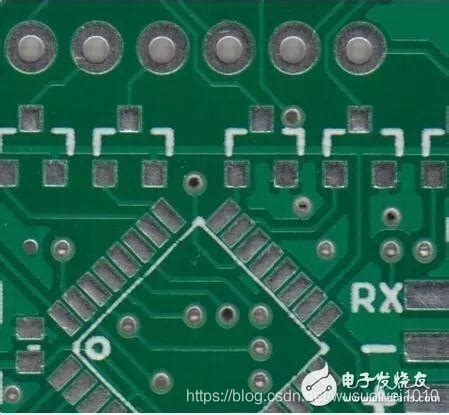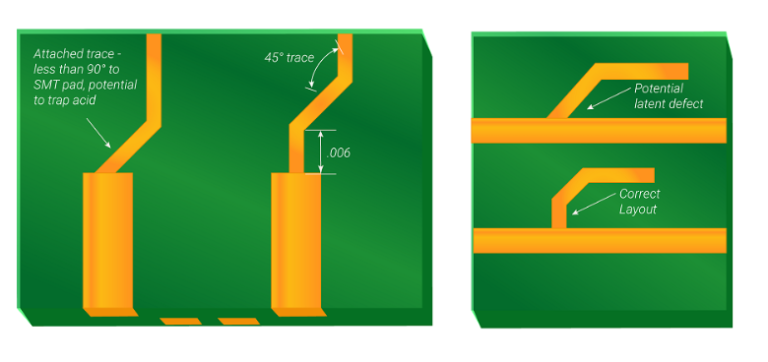Why use more copper in high speed pcb
Enhanced Signal Integrity
Enhanced signal integrity is a critical consideration in the design and manufacturing of high-speed printed circuit boards (PCBs).
One of the key materials that can significantly contribute to improved signal integrity is copper.
The use of more copper in high-speed PCBs offers several advantages that collectively enhance the performance and reliability of electronic devices.
Firstly, copper’s excellent electrical conductivity is a primary reason for its widespread use in PCBs.
High-speed circuits require rapid transmission of signals with minimal loss, and copper’s low resistivity ensures that signals can travel quickly and efficiently. This is particularly important in applications where data integrity and speed are paramount, such as in telecommunications, computing, and advanced automotive systems.
By incorporating more copper into the PCB design, engineers can reduce the resistance of the traces, thereby minimizing signal attenuation and ensuring that the signals maintain their strength over longer distances.
Moreover, the use of additional copper can help in reducing the impedance of the PCB traces.
Impedance control is crucial in high-speed circuits to prevent signal reflections and distortions, which can lead to data errors and reduced performance. By increasing the thickness of the copper layers, designers can achieve more precise impedance matching, which is essential for maintaining signal integrity. This is particularly beneficial in differential signaling, where maintaining consistent impedance is critical for the proper functioning of the circuit.
In addition to improving electrical performance, more copper in high-speed PCBs also enhances thermal management.
High-speed circuits often generate significant amounts of heat, which can adversely affect signal integrity and the overall reliability of the device. Copper’s high thermal conductivity allows for efficient heat dissipation, preventing hotspots and ensuring that the components operate within their optimal temperature ranges. This not only improves the longevity of the components but also maintains the integrity of the signals by preventing thermal-induced variations in electrical properties.
Furthermore, the mechanical robustness provided by additional copper layers cannot be overlooked.
High-speed PCBs are often subjected to various mechanical stresses during manufacturing, assembly, and operation. Thicker copper layers enhance the structural integrity of the PCB, making it more resistant to bending, vibration, and other mechanical forces. This mechanical stability is crucial for maintaining consistent electrical performance, as any deformation or damage to the PCB can lead to changes in trace geometry and, consequently, signal integrity issues.
Another important aspect to consider is the role of copper in reducing electromagnetic interference (EMI).
High-speed circuits are particularly susceptible to EMI, which can degrade signal quality and lead to data corruption. By using more copper, designers can create more effective ground planes and shielding structures, which help to contain and mitigate EMI. This is essential for ensuring that the high-speed signals remain clean and free from external noise, thereby preserving their integrity.
In conclusion, the use of more copper in high-speed PCBs offers a multitude of benefits that collectively enhance signal integrity. From improved electrical conductivity and impedance control to better thermal management and mechanical robustness, copper plays a vital role in ensuring the reliable performance of high-speed electronic devices. As the demand for faster and more reliable electronic systems continues to grow, the strategic use of copper in PCB design will remain a key factor in achieving superior signal integrity.
Improved Thermal Management
In the realm of high-speed printed circuit boards (PCBs), the choice of materials plays a pivotal role in determining the overall performance and reliability of the electronic devices they support. One material that has garnered significant attention for its beneficial properties is copper. The use of more copper in high-speed PCBs is particularly advantageous for improved thermal management, a critical aspect that ensures the longevity and efficiency of electronic components.
To begin with, copper’s exceptional thermal conductivity is a primary reason for its widespread use in high-speed PCBs.
Copper has a thermal conductivity of approximately 400 W/mK, which is significantly higher than that of other commonly used materials such as aluminum or iron. This high thermal conductivity allows copper to efficiently dissipate heat generated by electronic components, thereby preventing overheating and potential damage. As electronic devices continue to become more compact and powerful, the ability to manage heat effectively becomes increasingly important. By incorporating more copper into the PCB design, engineers can ensure that heat is rapidly conducted away from critical components, maintaining optimal operating temperatures and enhancing overall device performance.
Moreover, the use of more copper in high-speed PCBs contributes to improved thermal management through enhanced heat spreading.
When electronic components generate heat, it is crucial to distribute this heat evenly across the PCB to avoid localized hotspots that can lead to component failure. Copper’s superior thermal properties enable it to act as an effective heat spreader, distributing heat more uniformly across the board. This uniform heat distribution not only protects individual components but also contributes to the stability and reliability of the entire electronic system. Consequently, devices with copper-rich PCBs are less prone to thermal-related issues, ensuring consistent performance even under demanding conditions.
In addition to its thermal conductivity and heat spreading capabilities, copper’s mechanical properties further enhance its suitability for high-speed PCBs.
Copper is known for its excellent ductility and malleability, which allow it to be easily shaped and integrated into complex PCB designs. This flexibility is particularly beneficial for high-speed applications, where intricate and densely packed circuitry is often required. The ability to incorporate more copper into these designs without compromising structural integrity ensures that the PCB can effectively manage thermal loads while maintaining its mechanical robustness. This combination of thermal and mechanical properties makes copper an ideal choice for high-speed PCB applications.
Furthermore, the use of more copper in high-speed PCBs can lead to improved signal integrity, which is closely related to thermal management.
High-speed electronic signals are susceptible to interference and signal degradation, which can be exacerbated by thermal fluctuations. By effectively managing heat through the use of copper, engineers can minimize thermal-induced signal distortions, ensuring that high-speed signals are transmitted with greater accuracy and reliability. This improved signal integrity is essential for the performance of advanced electronic devices, particularly in applications such as telecommunications, computing, and automotive electronics.
In conclusion, the incorporation of more copper in high-speed PCBs offers numerous advantages for improved thermal management. Copper’s exceptional thermal conductivity, heat spreading capabilities, and mechanical properties make it an ideal material for efficiently dissipating heat and maintaining optimal operating temperatures. Additionally, the enhanced signal integrity resulting from effective thermal management further underscores the importance of using copper in high-speed PCB designs. As electronic devices continue to evolve and demand higher performance, the role of copper in ensuring reliable and efficient thermal management will remain indispensable.
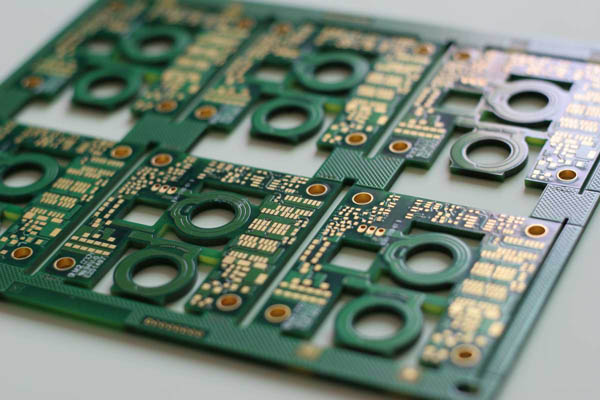
Reduced Electromagnetic Interference
In the realm of high-speed printed circuit boards (PCBs), the choice of materials plays a pivotal role in determining the overall performance and reliability of the electronic device.
One material that has garnered significant attention is copper, particularly due to its ability to reduce electromagnetic interference (EMI).
Electromagnetic interference is a critical concern in high-speed PCBs as it can lead to signal degradation, data loss, and overall system malfunction. Therefore, understanding the benefits of incorporating more copper into high-speed PCBs is essential for engineers and designers aiming to optimize their electronic systems.
Firstly, copper’s excellent electrical conductivity is a primary reason for its effectiveness in mitigating EMI.
High-speed PCBs often operate at frequencies where even minor resistive losses can result in significant signal attenuation. Copper, with its low resistivity, ensures that signals can travel with minimal loss, thereby maintaining signal integrity. This is particularly important in high-speed applications where data transmission rates are exceedingly high, and any signal degradation can lead to errors and reduced performance.
Moreover, the use of more copper in high-speed PCBs enhances the board’s ability to shield against external electromagnetic fields.
Copper’s high conductivity allows it to act as an effective barrier, preventing external EMI from penetrating the PCB and interfering with the signals. This shielding capability is crucial in environments where multiple electronic devices operate in close proximity, as it helps to maintain the integrity of the signals within the PCB while minimizing the risk of cross-talk and other forms of interference.
In addition to shielding, copper’s role in grounding is another factor that contributes to reduced EMI.
A well-designed grounding system is essential for the proper functioning of high-speed PCBs. Copper’s superior conductivity ensures that the ground planes can effectively dissipate any unwanted electromagnetic energy, thereby reducing the potential for interference. By providing a low-impedance path to ground, copper helps to stabilize the voltage levels within the PCB, further enhancing signal integrity and reducing the likelihood of EMI-related issues.
Furthermore, the thermal properties of copper also play a significant role in reducing EMI.
High-speed PCBs often generate substantial amounts of heat due to the rapid switching of signals. Copper’s excellent thermal conductivity allows it to efficiently dissipate this heat, thereby preventing hotspots that could potentially lead to signal distortion and EMI. By maintaining a stable thermal environment, copper helps to ensure that the electronic components operate within their optimal temperature ranges, thereby reducing the risk of EMI and enhancing the overall reliability of the PCB.
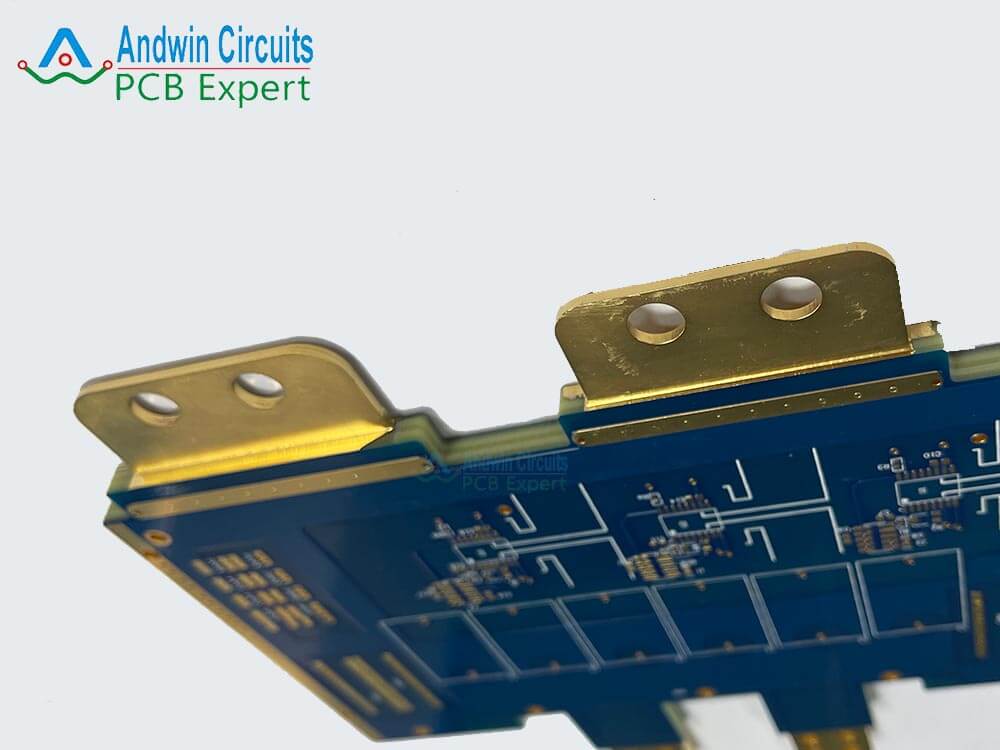
Additionally, the mechanical properties of copper contribute to its effectiveness in high-speed PCBs.
Copper’s ductility and malleability allow for the creation of intricate and precise circuit patterns, which are essential for high-speed applications. These properties enable designers to create more compact and efficient layouts, reducing the length of signal paths and minimizing the potential for EMI. The ability to create fine traces and vias with copper also allows for better impedance control, which is crucial for maintaining signal integrity in high-speed circuits.
In conclusion, the use of more copper in high-speed PCBs offers numerous advantages in terms of reducing electromagnetic interference. Copper’s excellent electrical and thermal conductivity, combined with its effective shielding and grounding capabilities, make it an ideal material for high-speed applications. By incorporating more copper into their designs, engineers can enhance signal integrity, reduce the risk of EMI-related issues, and ultimately improve the performance and reliability of their electronic systems.
Increased Power Handling Capacity
In the realm of high-speed printed circuit boards (PCBs), the choice of materials plays a pivotal role in determining the overall performance and reliability of the electronic device. One material that has garnered significant attention is copper, primarily due to its superior electrical and thermal properties. The increased power handling capacity of high-speed PCBs is one of the most compelling reasons to incorporate more copper into their design.
To begin with, copper’s excellent electrical conductivity is a fundamental attribute that enhances the power handling capacity of PCBs.
When high-speed signals traverse the circuit, they encounter resistance, which can lead to signal degradation and power loss. Copper, with its low resistivity, minimizes these losses, ensuring that signals maintain their integrity over longer distances. This is particularly crucial in high-speed applications where even minor signal degradation can result in significant performance issues.
Moreover, the thermal conductivity of copper is another critical factor that contributes to the increased power handling capacity of high-speed PCBs.
As electronic components operate at high speeds, they generate substantial amounts of heat. Efficient heat dissipation is essential to prevent overheating, which can damage components and reduce the lifespan of the device. Copper’s high thermal conductivity allows it to effectively dissipate heat away from critical areas, maintaining optimal operating temperatures and enhancing the overall reliability of the PCB.
In addition to its electrical and thermal properties, the mechanical strength of copper also plays a role in improving the power handling capacity of high-speed PCBs.
Copper’s robustness ensures that the PCB can withstand the mechanical stresses associated with high-speed operations, such as vibrations and thermal cycling. This durability is particularly important in applications where the PCB is subjected to harsh environmental conditions, as it ensures long-term reliability and performance.
Furthermore, the use of thicker copper layers in high-speed PCBs can significantly enhance their power handling capacity.
Thicker copper layers reduce the resistance of the traces, allowing for higher current-carrying capacity. This is especially beneficial in power-intensive applications where the PCB must handle large amounts of current without experiencing excessive voltage drops or overheating. By incorporating thicker copper layers, designers can ensure that the PCB can handle higher power levels while maintaining signal integrity and thermal performance.
Additionally, the trend towards miniaturization in electronic devices has increased the demand for high-speed PCBs with higher power handling capacities.
As devices become smaller and more compact, the need for efficient power management becomes even more critical. Copper’s superior electrical and thermal properties make it an ideal choice for meeting these demands, as it allows for the design of smaller, more efficient PCBs that can handle higher power levels without compromising performance.
In conclusion, the increased power handling capacity of high-speed PCBs is a compelling reason to use more copper in their design. Copper’s excellent electrical conductivity minimizes signal degradation and power loss, while its high thermal conductivity ensures efficient heat dissipation. Additionally, copper’s mechanical strength and the use of thicker copper layers further enhance the power handling capacity of high-speed PCBs. As the trend towards miniaturization continues, the demand for high-speed PCBs with higher power handling capacities will only grow, making copper an indispensable material in the design and manufacture of these advanced electronic devices.



